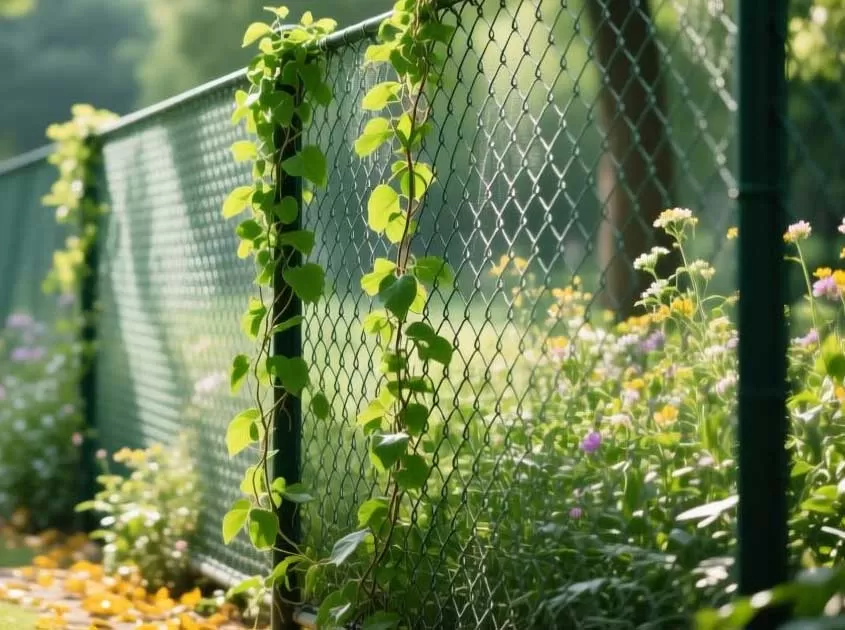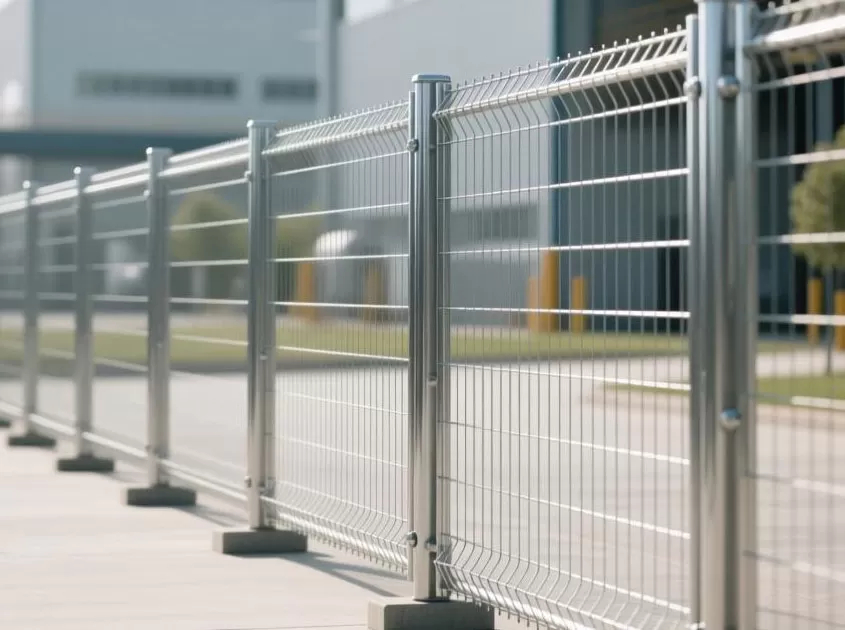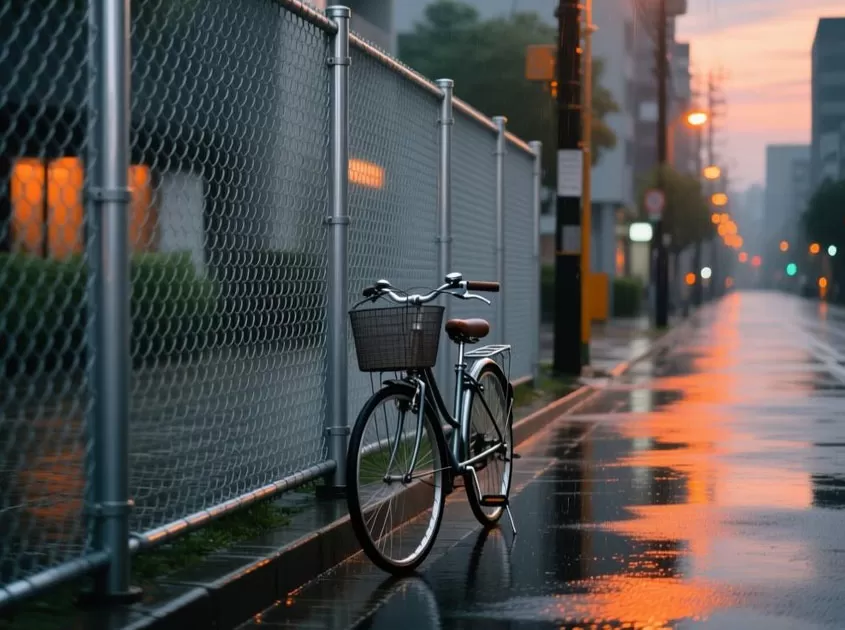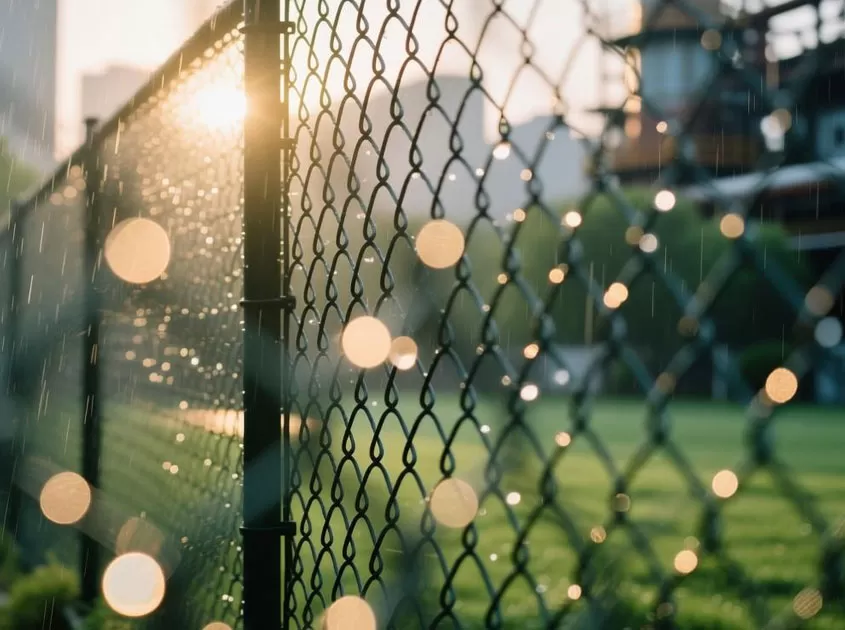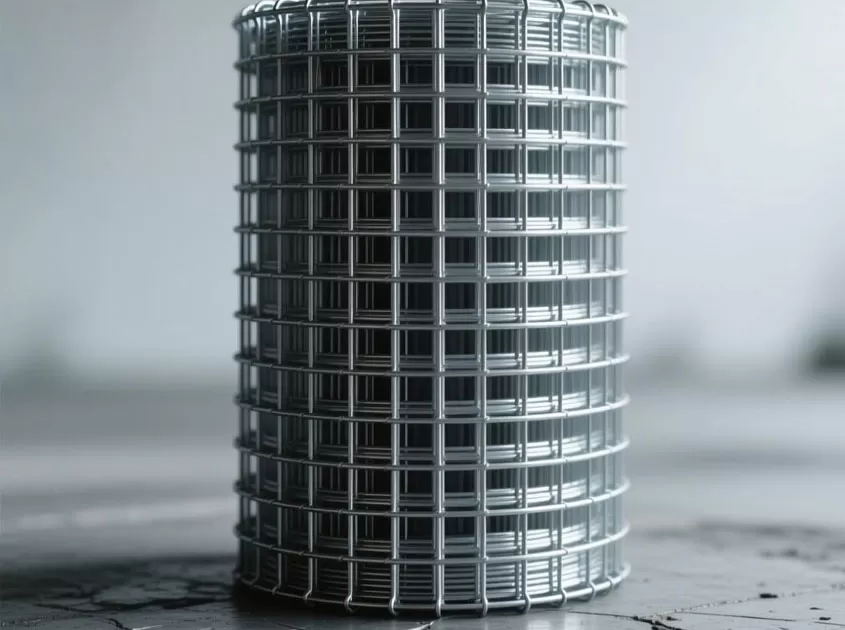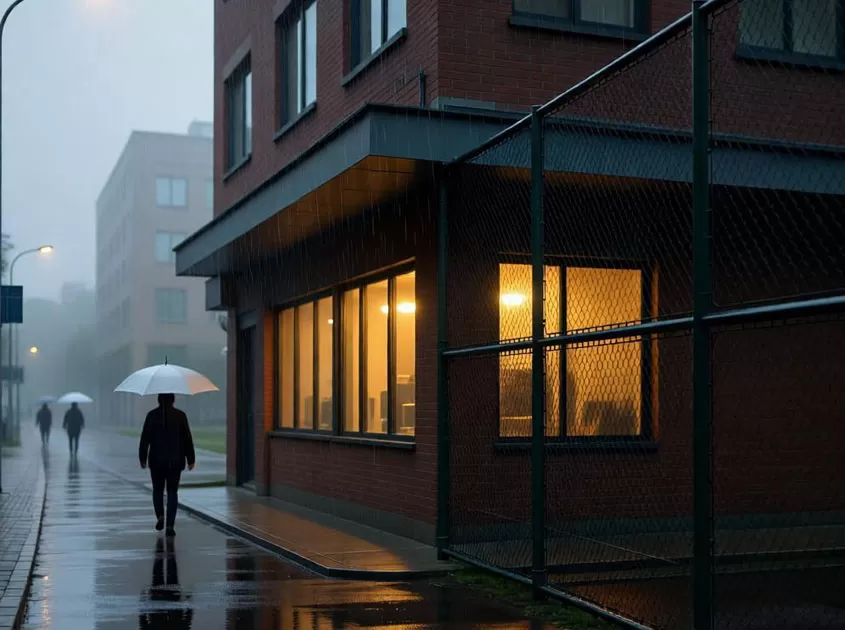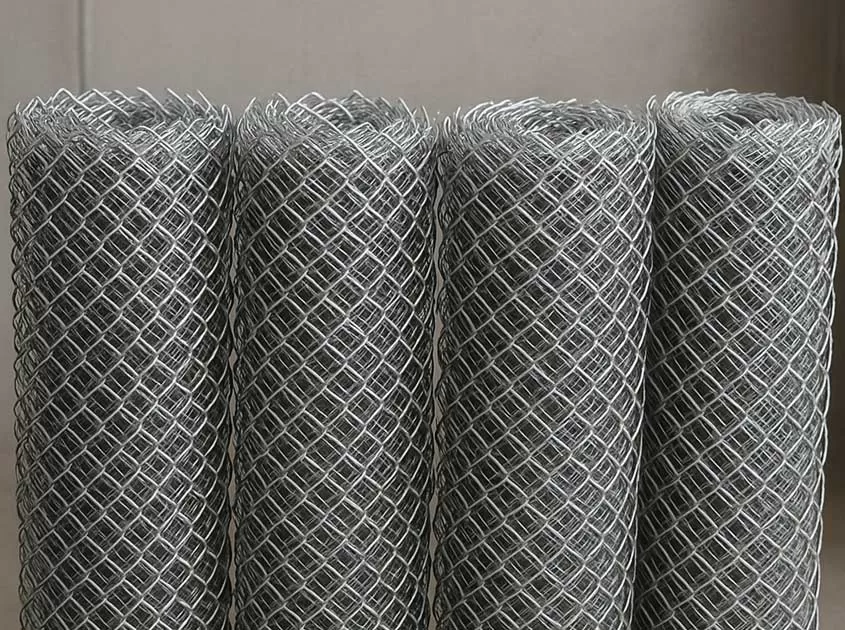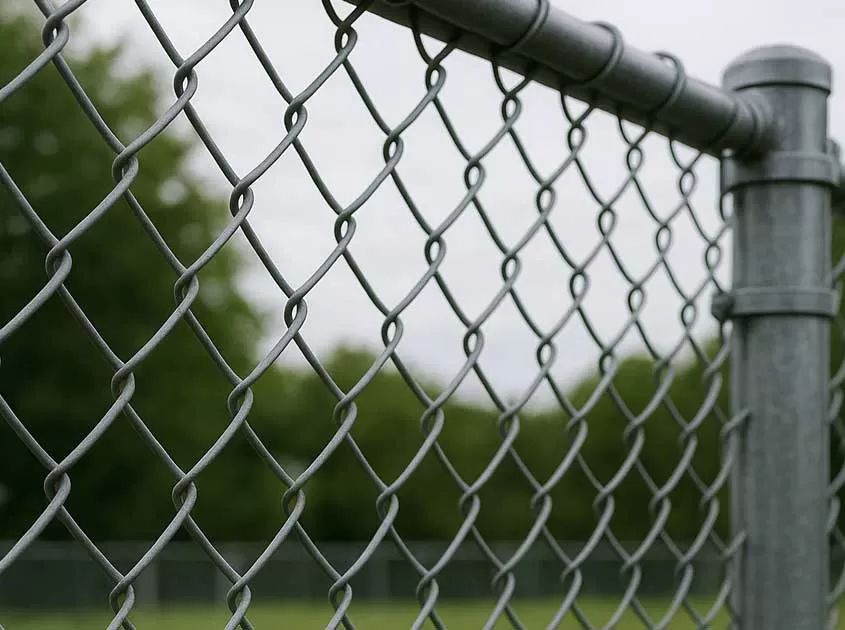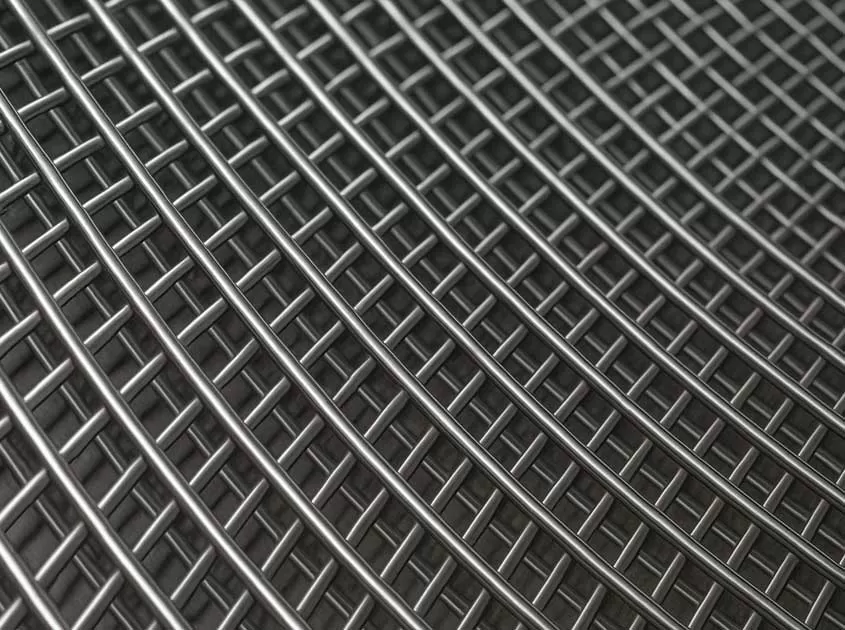Assessing the Potential Risks of Using Chicken Wire Mesh in Certain Climates
Chicken wire mesh is a versatile and widely used material for various applications, including fencing, gardening, and animal containment. While it offers numerous benefits, it's important to be aware of the potential risks that may arise when using chicken wire mesh in certain climates. In this article, we will explore the potential risks associated with using chicken wire mesh in specific climatic conditions, enabling individuals to make informed decisions when considering its use.
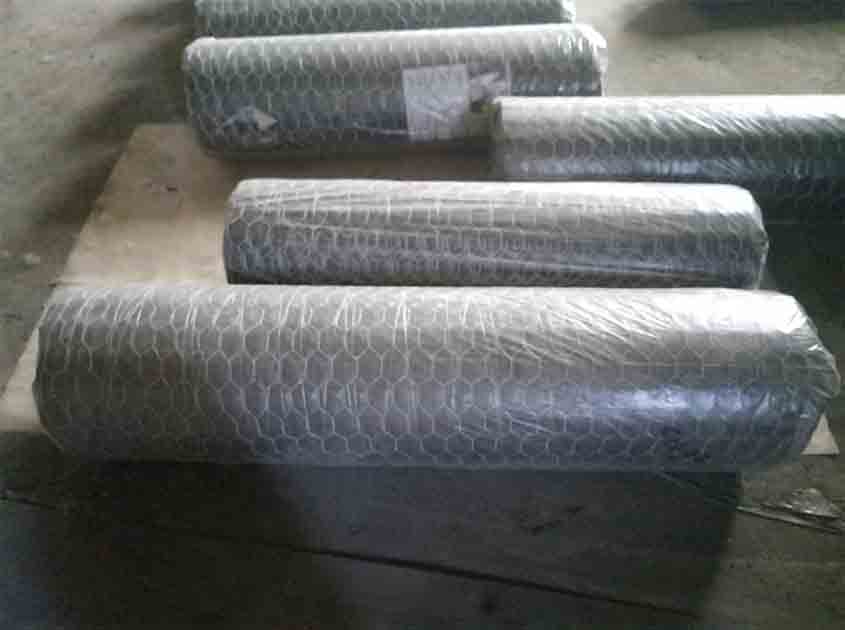
Corrosion in High-Moisture Climates:
One of the primary risks of using chicken wire mesh in high-moisture climates is the potential for corrosion. Constant exposure to moisture, such as rain, snow, or high humidity, can cause the wire mesh to rust and degrade over time. This corrosion weakens the structural integrity of the mesh, reducing its effectiveness as a barrier and potentially compromising the desired functionality.

Reduced Durability in Extreme Temperature Fluctuations:
In climates with extreme temperature fluctuations, chicken wire mesh may experience reduced durability. Constant expansion and contraction due to temperature changes can lead to material fatigue, causing the mesh to weaken or develop cracks. This can diminish its ability to withstand external forces, making it susceptible to damage or breakage.
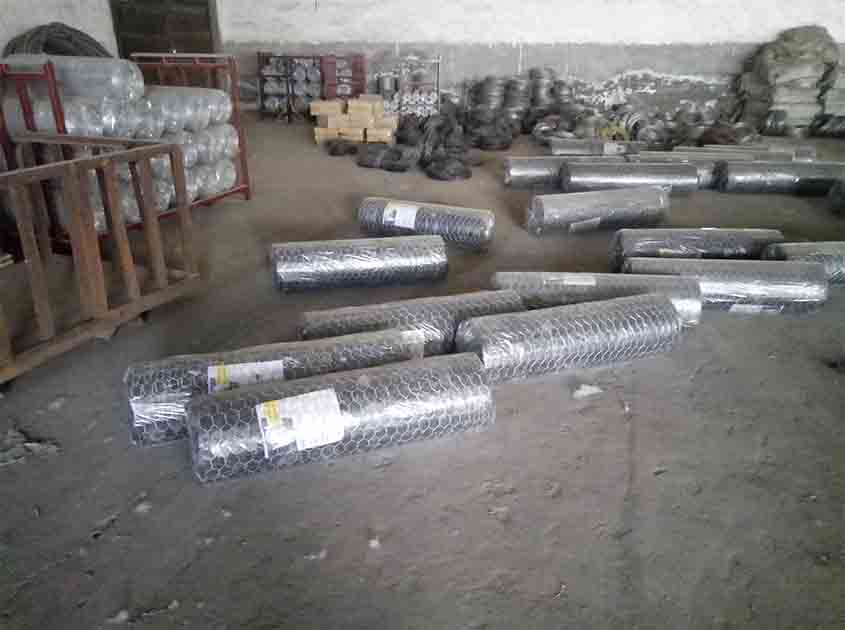
Compromised Strength in High-Wind Areas:
Chicken wire mesh may face challenges in high-wind areas. In climates prone to strong winds or storms, the mesh may be subject to significant force, potentially leading to bending or dislodgement from its supports. This compromises the integrity of the fence or enclosure, allowing animals or unwanted intrusions to bypass the barrier.
-
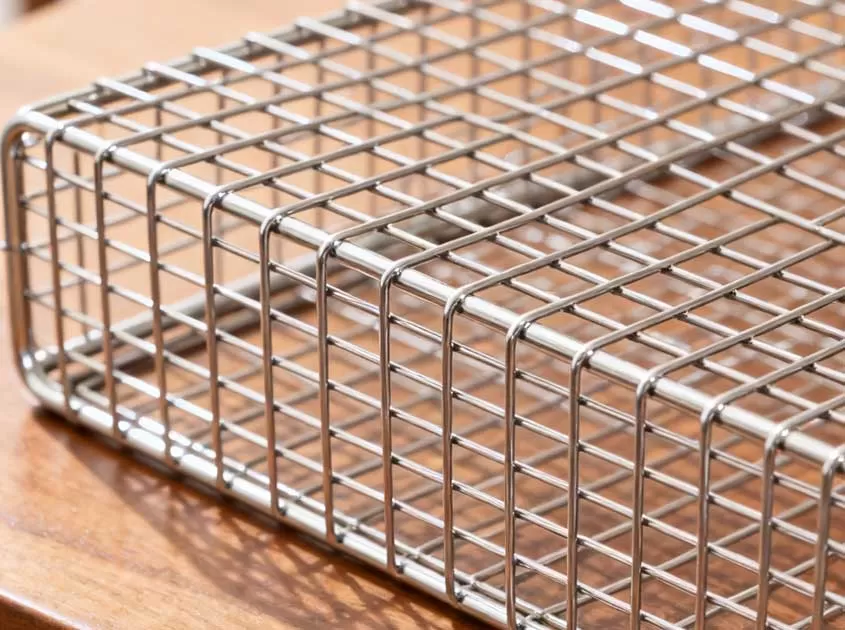 Corrosion-Resistant Stainless Steel Wire Mesh Oct 28, 2025
Corrosion-Resistant Stainless Steel Wire Mesh Oct 28, 2025

- Tel.: +86 311 83077076
- E-mail: sales@qunkunmetal.com
- Skype: qunkunsales01
- WhatsApp: 8618032412189
- Add.: No.69 The Filter Industrial Part of Anping, Hebei, China




